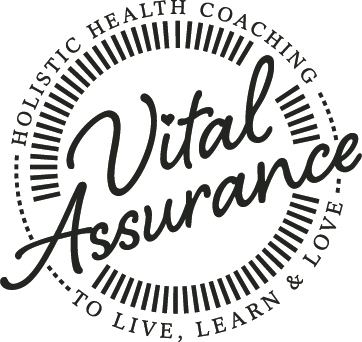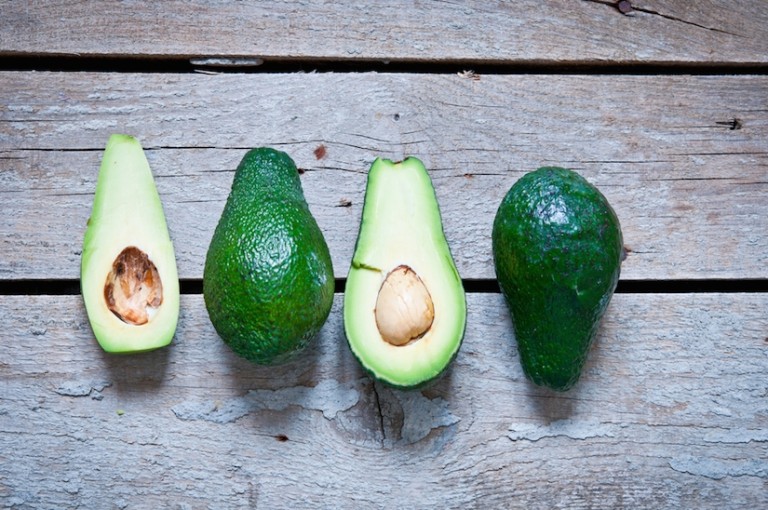Healthy Swaps

When you first start looking at leading a healthier lifestyle, you might think that it will involve lots of work to change your diet. However, choosing healthier foods is easier than you may think. By changing just a few eating habits you can make a big difference to your diet and your health. For example, swapping foods high in trans-saturated fats, salt and sugars to wholesome fruits and vegetables.
Here are some suggestions you may want to try:

- Eat whole fruit instead of drinking fruit juice – juicing tends to remove a lot of the fibre and nutrients of the fruit. It can also have the potential for you to consume a much higher quantity of fruit. What’s wrong with that you say? Whilst fruit contains natural sugar, too much of it will be as detrimental as consuming refined sugar. So skip the glass, and go with a whole piece of fruit to reap the full nutritional benefits of this sweet, healthy snack.
- Pan-fry food instead of deep frying – most foods that at deep fried are done so in hydrogenated oils or trans-unsaturated fats which are toxic, can block your metabolism, and can increase your weight and risk of cardiac disease. When pan-frying food, use small amounts of mono-unsaturated fats (olive oil) and saturated fats (coconut oil) that increase your metabolism, which helps you to burn fat more quickly.
- Make your own dressings – Instead of buying processed, high sugar, bottled dressings, make your own using olive oil and balsamic vinegar or lemon juice.
- Sprinkle cinnamon instead of sugar – when you are looking to add that little something to your oatmeal, yoghurt or even pancakes, turn to cinnamon which is packed with flavour and helps stabilise your blood sugar levels.
- Swap white, refined carbohydrates for whole-grains – carbohydrates as we know them (white rice, pasta and bread) are stripped of all their nutrients and fibre and replaced with sugars. Instead, eat plenty of quinoa, freekah, brown rice noodles and wholegrain, sourdough bread.
- Use avocado instead of butter – Unlike butter, avocados are high in mono-unsaturated fats that will keep you healthy and reduce the risk of chronic diseases, and has the added bonus of tasting amazing.
- Chose lean meats instead of fatty ones – Meat contains a lot of saturated fat which when consumed in large quantities can impact your health through [examples]. By switching to lean meats, you can still satisfy your carnivorous side but minimise the impact on your insides.
- Make your own food rather than eating out – this is a fabulous way to control what is going into your food and thus into your bodies. Packing your lunch and taking it to work will stop you from running to the local takeaway shop or vending machine which fills your body with ‘nutrient deficient’ calories.







